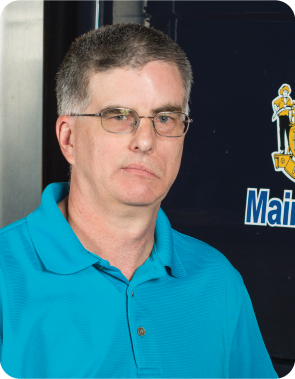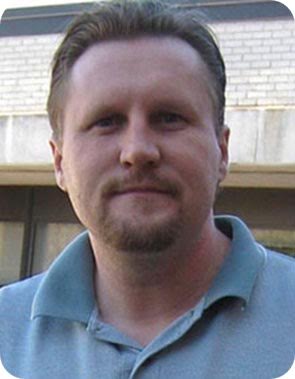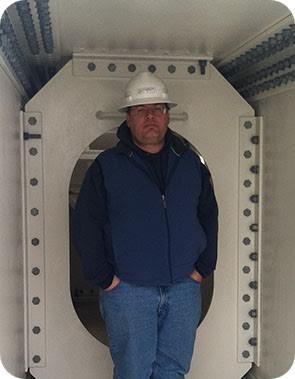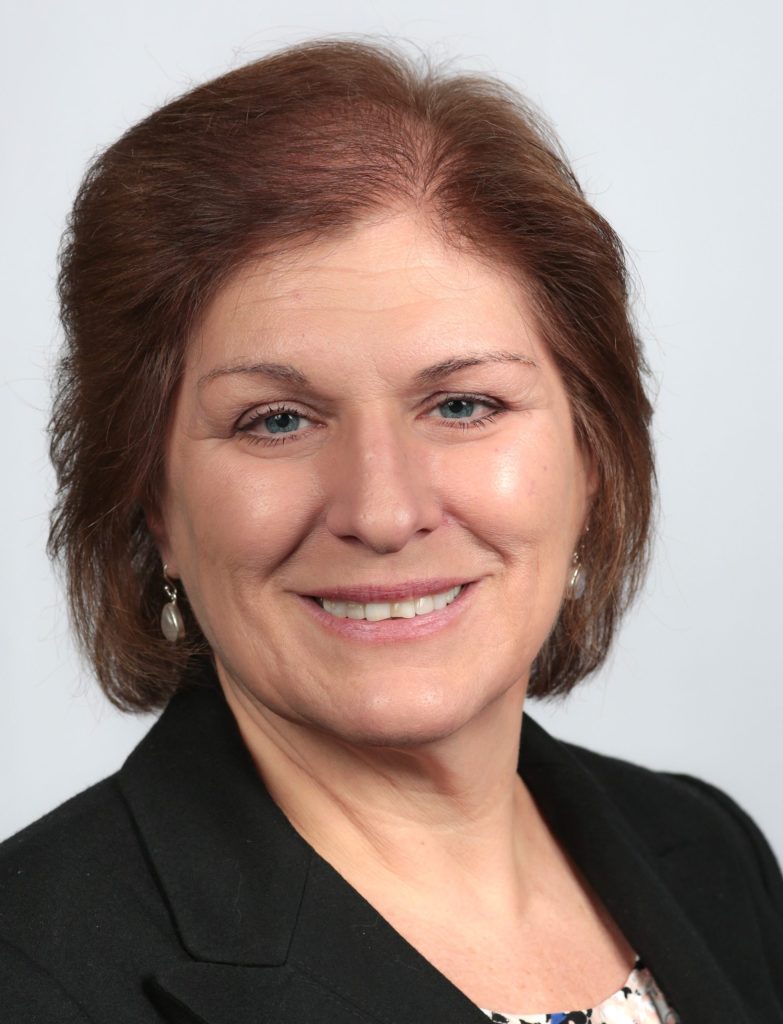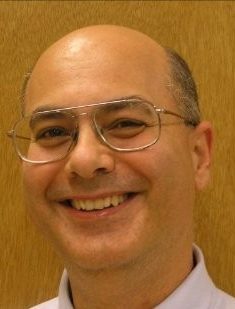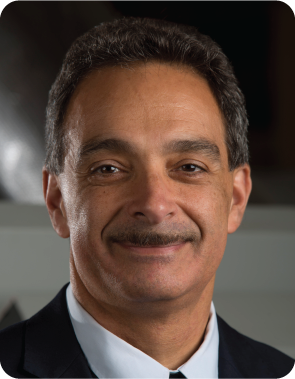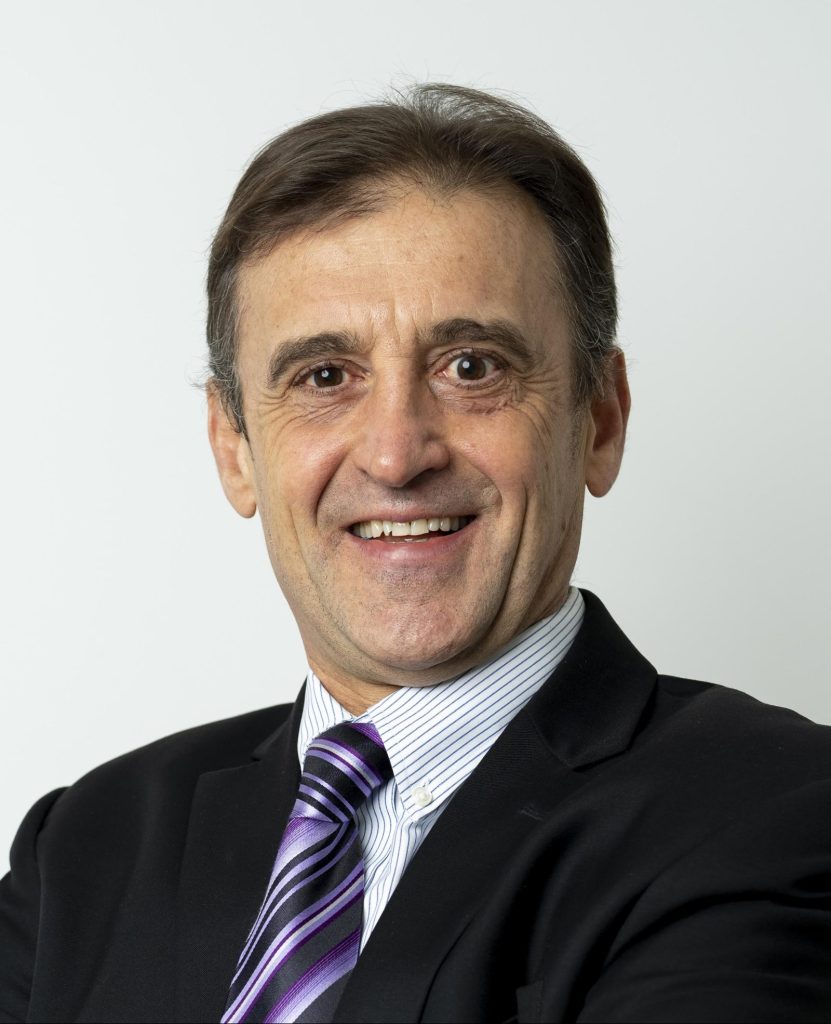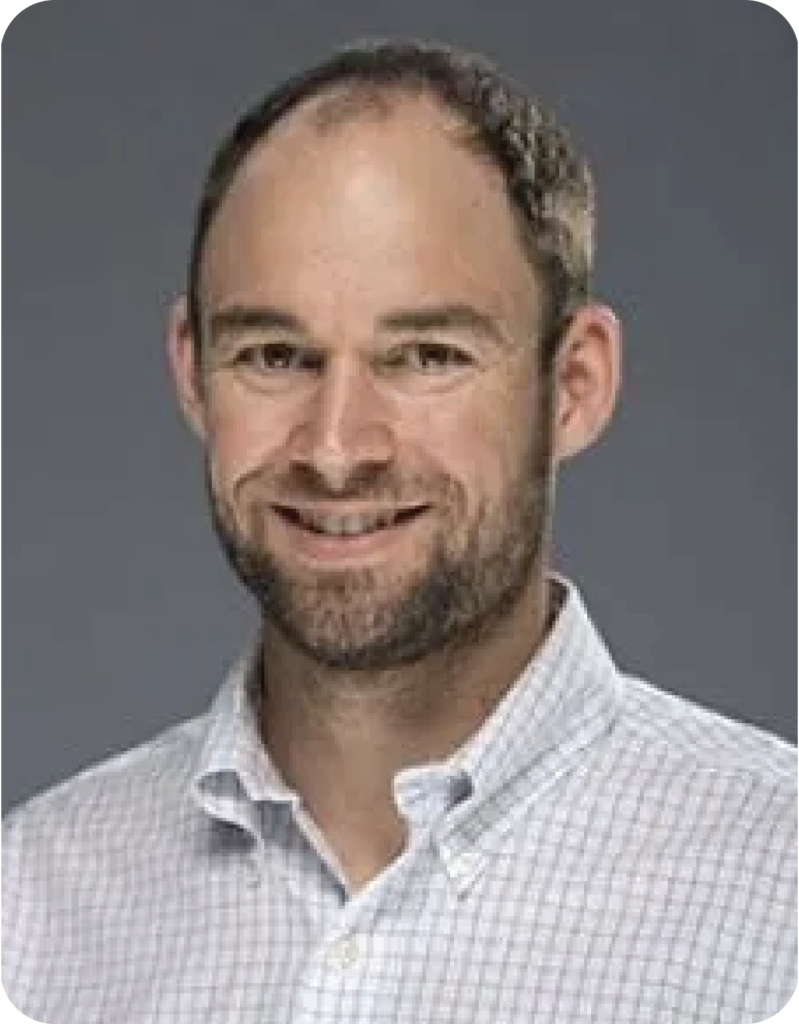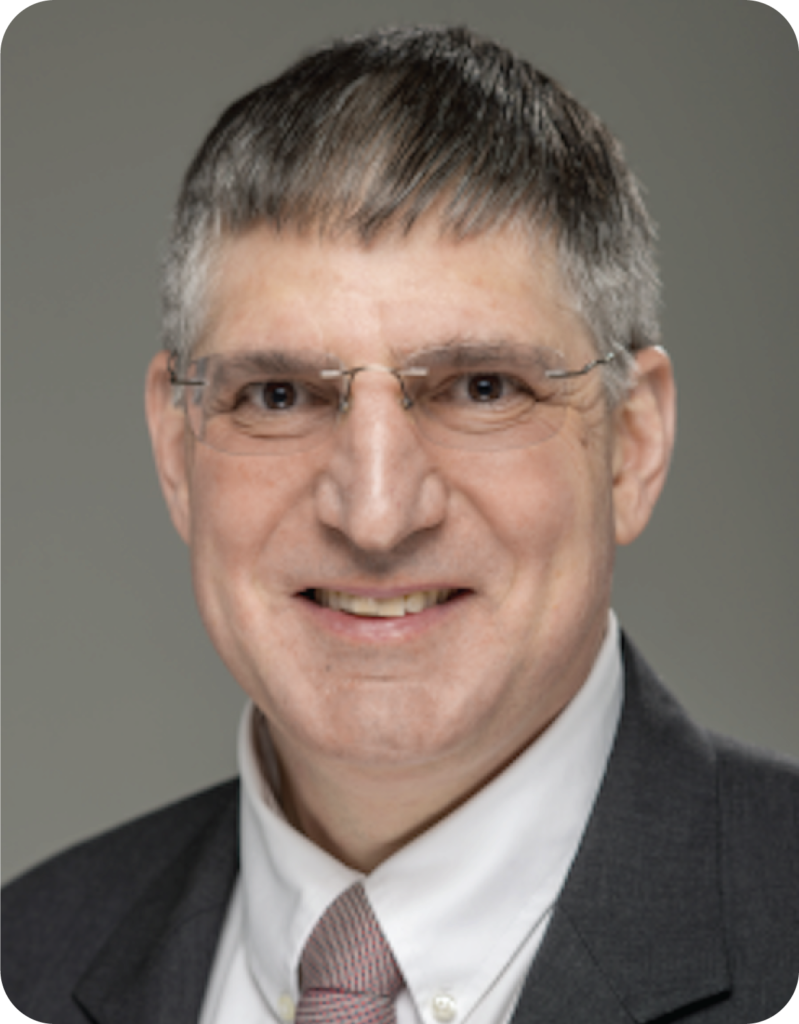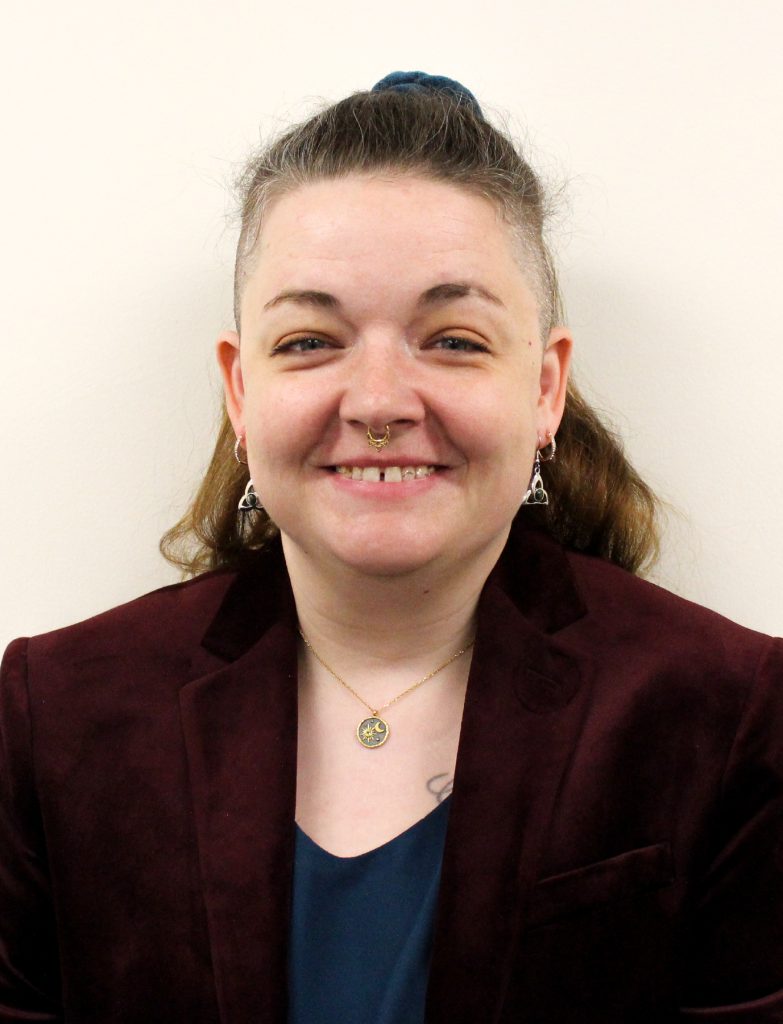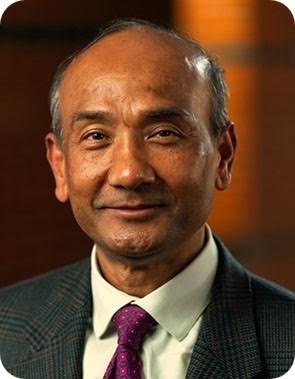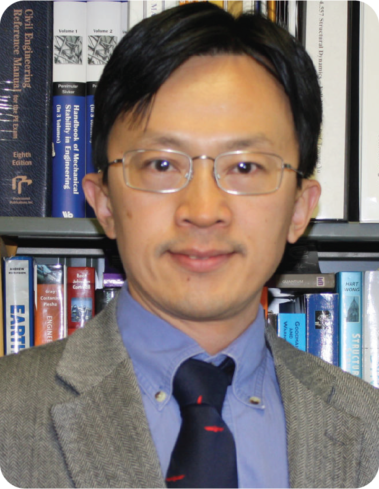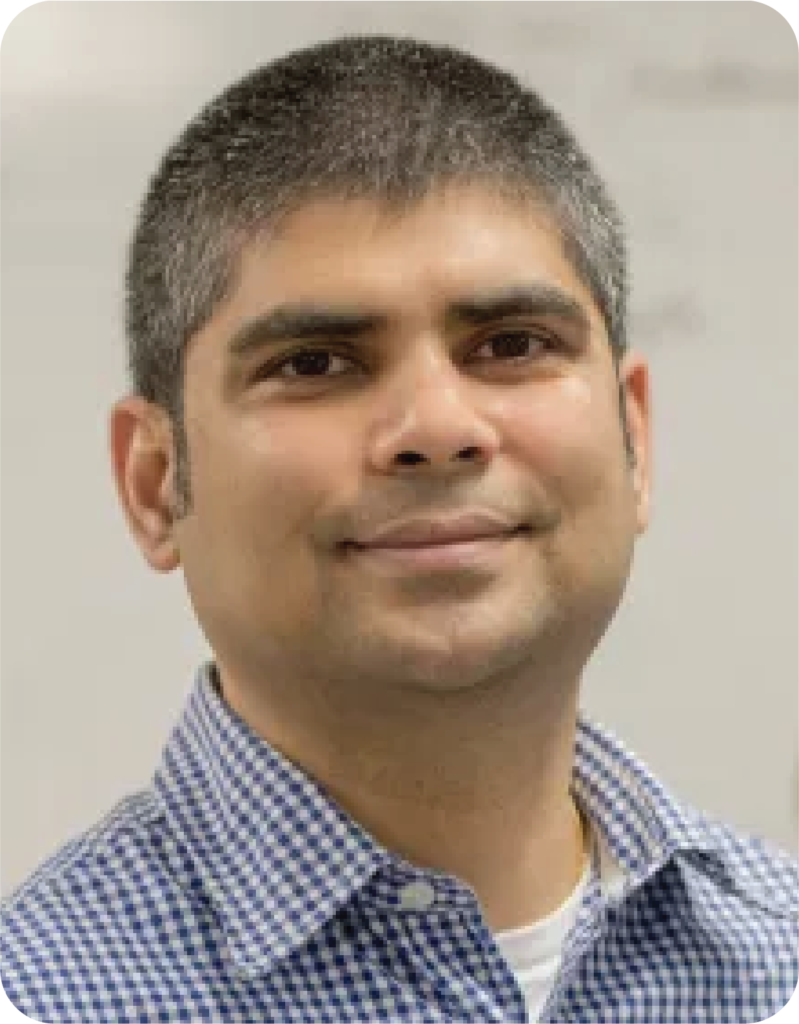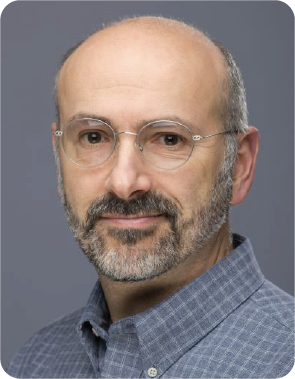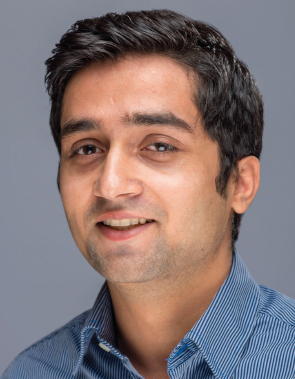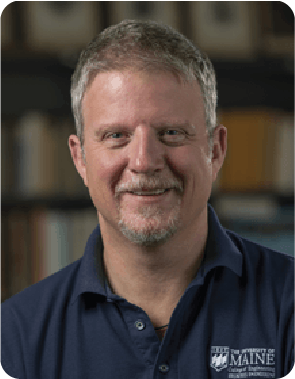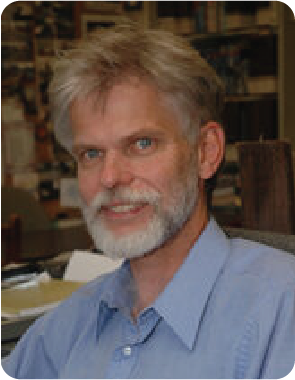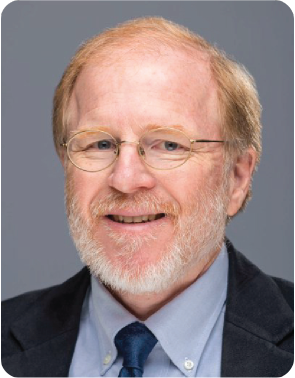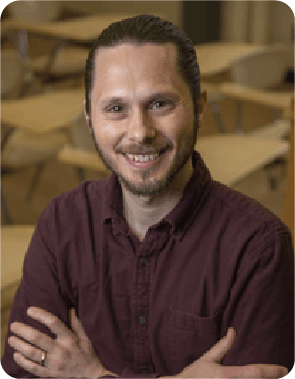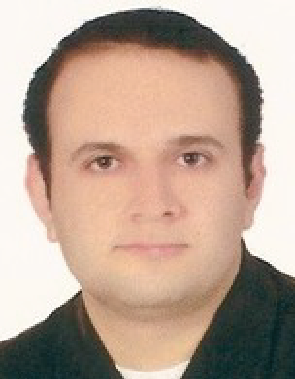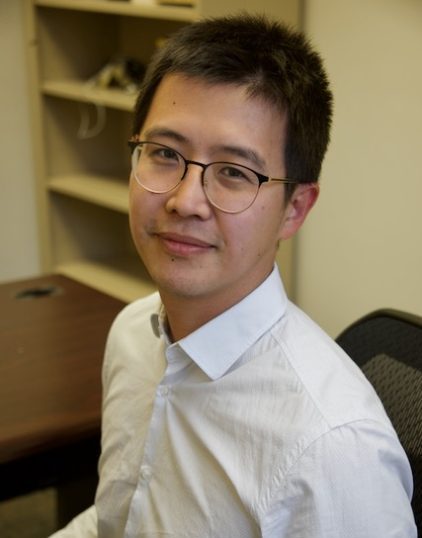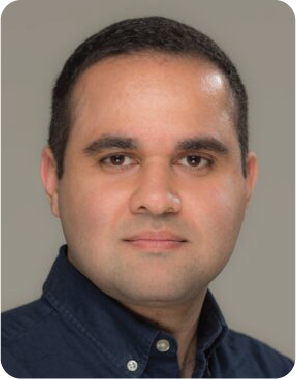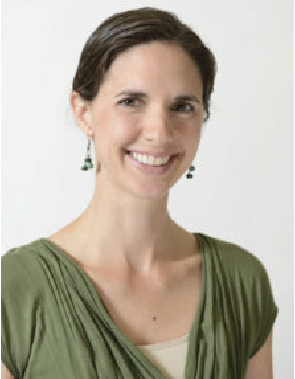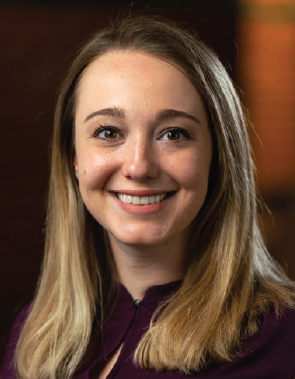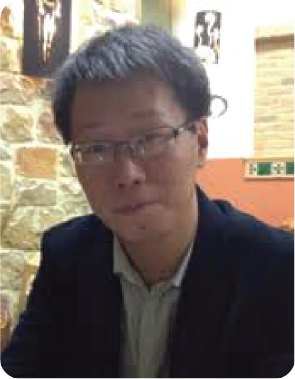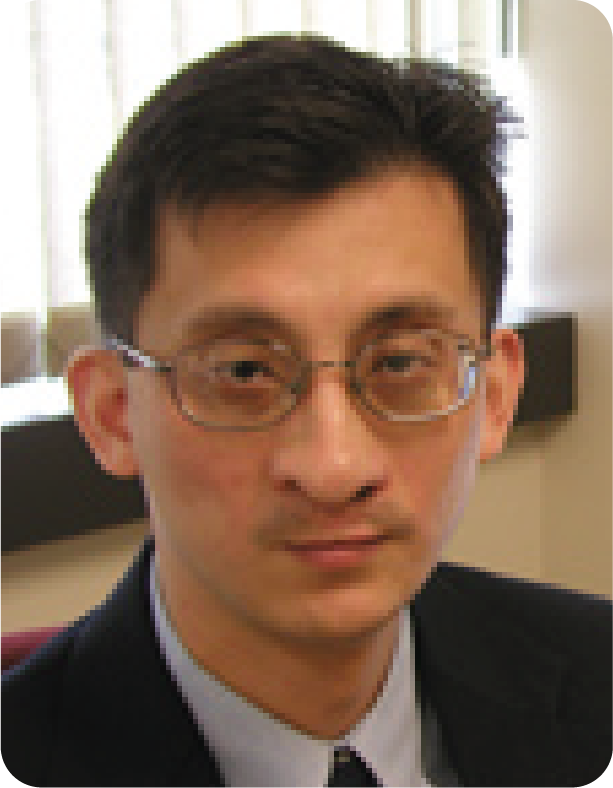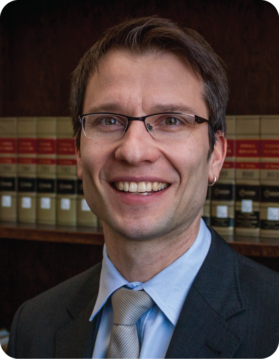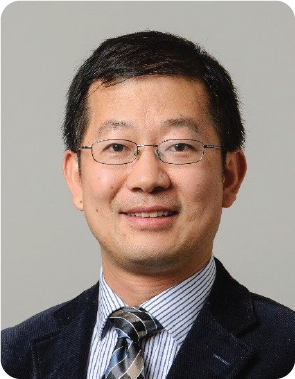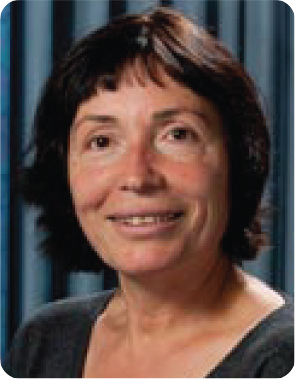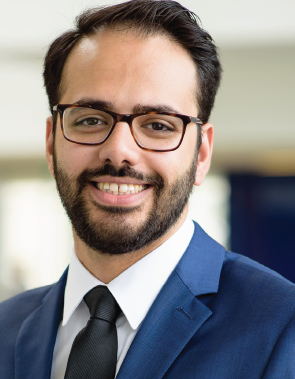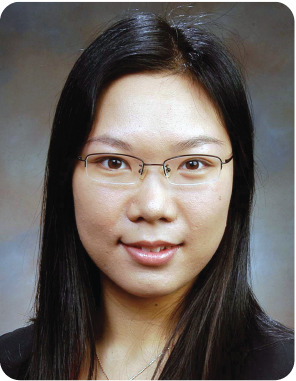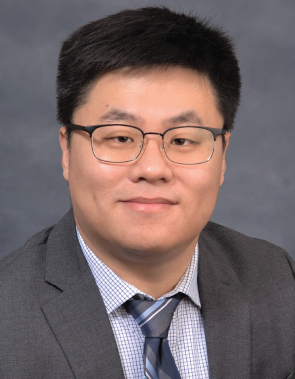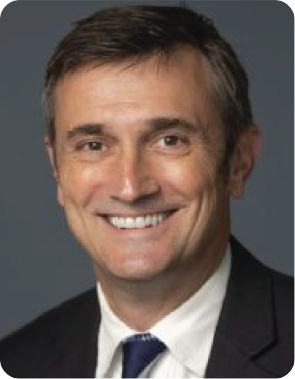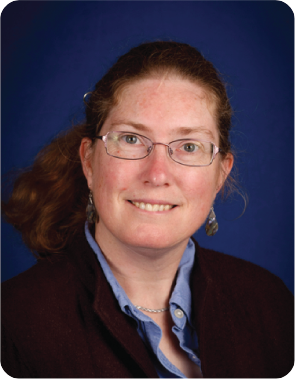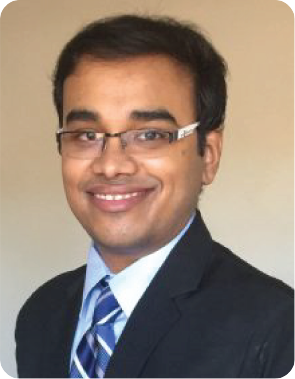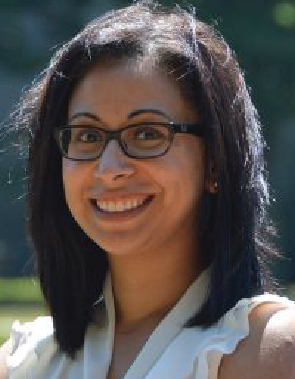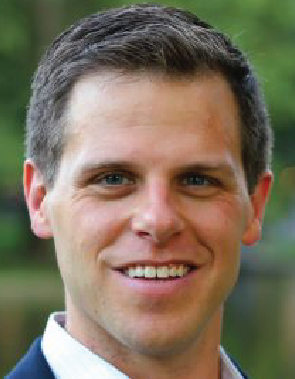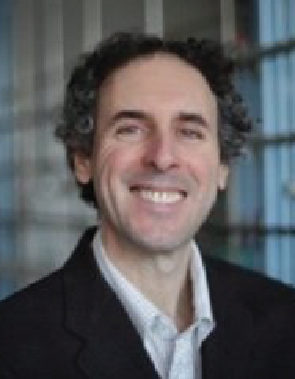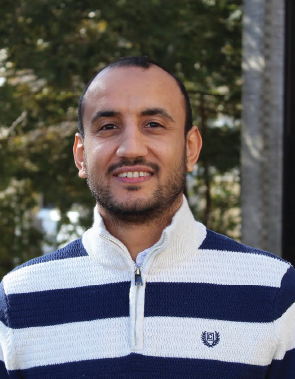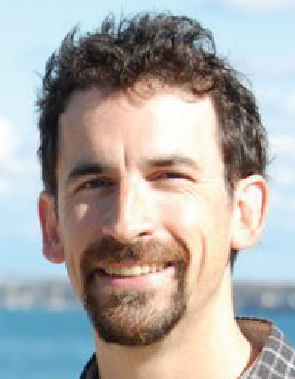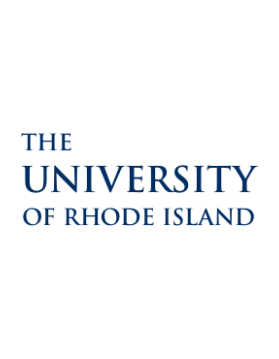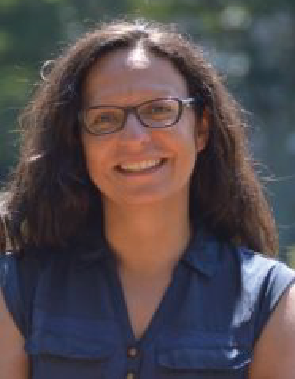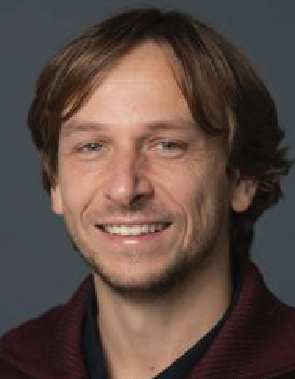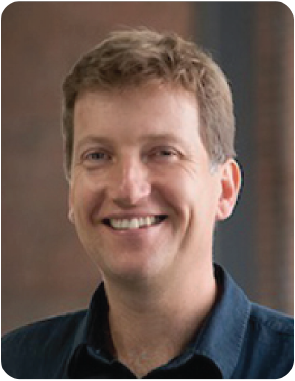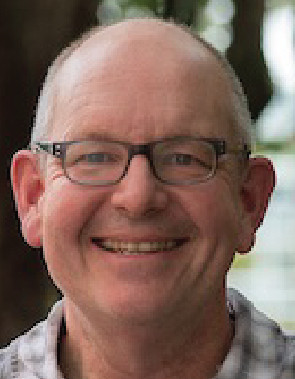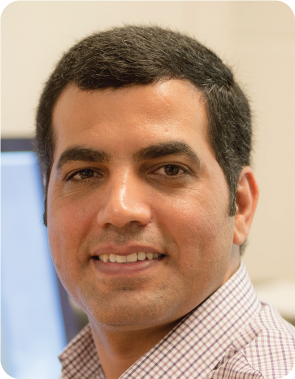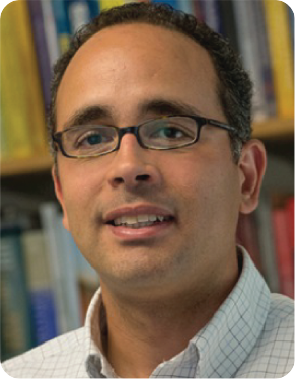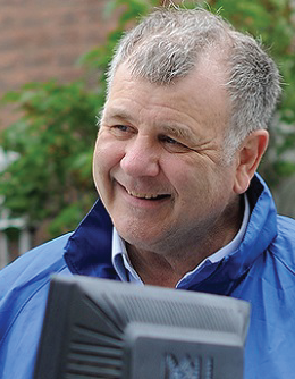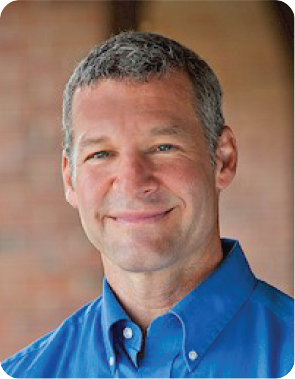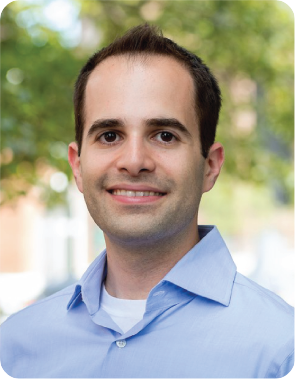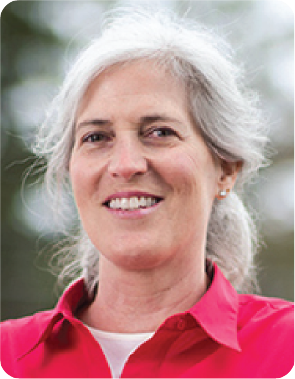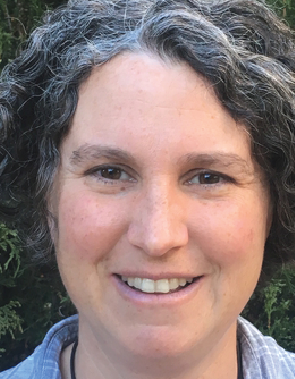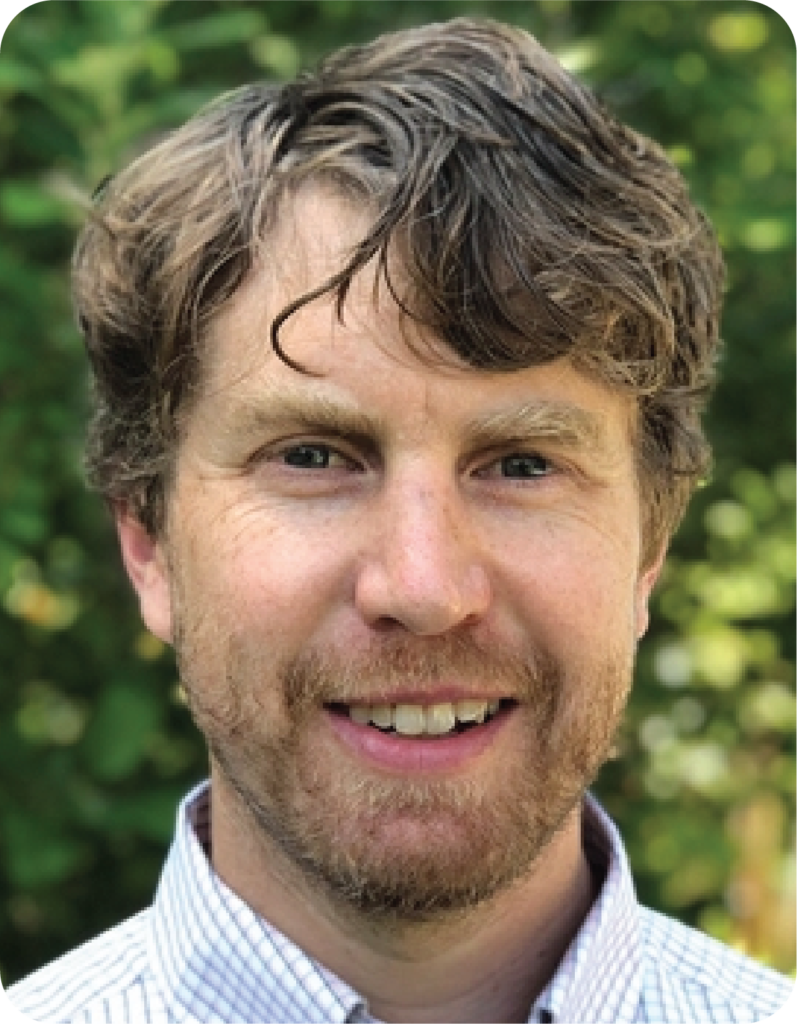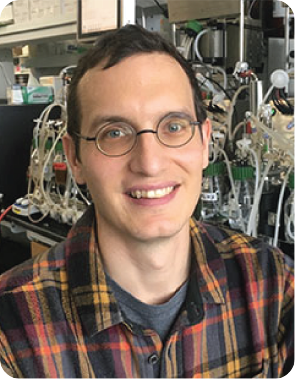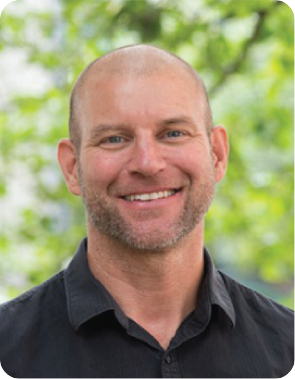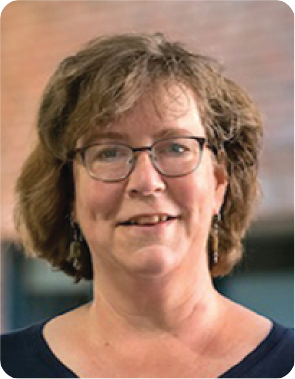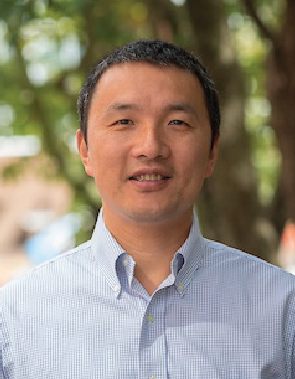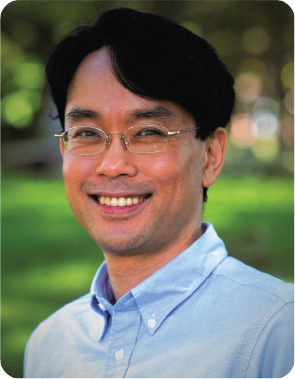Desktop Only
The Transportation Infrastructure Durability Center (TIDC) is the 2018 US DOT Region 1 (New England) University Transportation Center (UTC) located at the University of Maine Advanced Structures and Composites Center. TIDC’s focus is on extending the life and improving the durability of transportation assets. TIDC has six member Universities within the New England Region.
TIDC Research Thrusts
Key Personnel
Member Universities
UMaine is a Carnegie R1 Research Institution. The leadership of the TIDC resides within the University of Maine’s Advanced Structures and Composites Center(ASCC), a world-leading, interdisciplinary center for research, education, and economic development, encompassing material science, manufacturing, and engineering of composites and structures. The UMaine Composites Center is housed in a 100,000+ ft2ISO 17025-accredited testing laboratory with more than 260 full and part time personnel with expertise in the design and evaluation of multi-scale materials and structures, composite materials analysis and manufacturing, finite element analysis and multi-physics simulation techniques, and the repair and calibration of lab equipment and sensors. The lab includes a 235’ x 80’ reaction floor capable of large-scale bridge testing under static and fatigue loading and a three-story environmental test chamber for the durability evaluation of large structural components under both mechanical and environmental loading. The ASCChas successfully completed more than $240 Million in governmental, industrial and transportation research programs.
The University of Connecticut houses the Structural Engineering and Advanced Cementitious Materials and Composites Laboratories (CEE Department), Dynamics, Sensing, and Control Lab (ME Department), Cyber Physical System Lab (CSE Department), High Performance Computing facilities at Booth Engineering Center for Advanced Technology (BECAT); UTC Institute of Advanced System Engineering (IASE), facilities at UConn Pratt & Whitney Additive Manufacturing Innovation Center (AMIC), Connecticut Advanced Computing Center (CACC), UConn Storrs HPC clusters, and various lab facilities in the Institute of Materials Science (IMS) and in the Connecticut Institute of Transportation (CTI).
The facilities and resources to perform research within the University of Massachusetts Lowell are the Department of Civil and Environmental Engineering’s Electromagnetic Remote Sensing Lab (ERSL) and Non-Destructive Testing / Structural Health Monitoring Lab (NDT/SHML), and Department of Electrical and Computer Engineering’s Laboratory of Optics (LOO). The ERSL is equipped with an electromagnetic anechoic chamber, 100-lb capacity biaxial positioner, portable biaxial and uniaxial positioners, and vector network analyzers. The NDT/SHML includes ground penetrating radars, ultrasonic system, impact echo system, half-cell potential sensor, rebound hammer, and thermal infrared camera. The LOO has a Super 35 camera system, Brillouin optical time-domain reflectometer (BOTDR), fusion splicer, tunable laser, optical sensing analyzer, nanosecond Laser, distributed temperature sensing, optical frequency domain reflectometry (OFDR), tensile machine, temperature chamber, 90s+ splicer, and data acquisition system available for use by the UML research team.
The University of Rhode Island has a variety of laboratory, field, and computational facilities. The laboratory facilities include test equipment that can be used to characterize the physical and mechanical properties of civil engineering materials including concrete, asphalt, and soil. Field equipment includes a trailer mounted Cone Penetration Test (CPT) used for subsurface investigations. Dedicated computers and specialized software are available for numerical modeling and simulation. There are several URI labs including the Dependable Cyber-Physical Systems Lab, Rhode Island Transportation Research Center, the Water for the World Environmental Engineering Lab, Robotics Lab, and Marine Geomechanics lab.
The University of Vermont has a variety of laboratory, field, and computational facilities. The laboratory facilities include test equipment that can be used to characterize the physical and mechanical properties of soils, concrete, and recycled materials. Specialty laboratory equipment include fully automated direct and reversal shear, permeability, consolidation and triaxial devices; cyclic triaxial, torsional ring shear, high-pressure-high temperature triaxial devices; fully automated and field hand-held surface permeameters; acoustic sensing devices and accessories; hole erosion and jet erosion devices; miniature piezocone and calibration chambers; X-ray micro-CT; 250 kip reaction frame with two actuators; 150 kip axial testing; concrete compression testing; monotonic and cyclic tension-compression 100 kip Instron; a uniaxial shake table; 6 m long recirculating flume; groundwater flow modeling tank. The fabrication facilities include an extensive machine shop and electronics shops are available to the UVM researchers. Additionally, FabLab for rapid prototyping of designs using 3D printing, laser cutting, and laser engraving is available.
The College of Engineering at Western New England University has several laboratory spaces including the Concrete lab, Soil lab, Environmental Engineering lab, Biomedical Engineering lab, and Mechanical Engineering lab. The laboratory facilities include various equipment such as a backscattered scanning electron microscope, atomic force microscope, multiple universal testing machines to characterize mechanical properties of various materials, an accelerated corrosion chamber, different types of 3D scanners (structured light scanning and laser) and 3D printers (selective laser sintering, resin, and PLA). In addition, a portable LabSphere Lidar-based reflectometer is available for investigating the surface defects and roughness of transportation structures in the field.
Mobile Only
The Transportation Infrastructure Durability Center (TIDC)
is the 2018 US DOT Region 1 (New England) University Transportation Center (UTC) located at the University of Maine Advanced Structures and Composites Center. TIDC’s focus is on extending the life and improving the durability of transportation assets. TIDC has six member Universities within the New England Region.
TIDC Research Thrusts
Key Personnel
Member Universities
TIDC consists of 6 member universities in New England. This section includes an overview of the research capabilities of each member university and a link to their website.
UMaine is a Carnegie R1 Research Institution. The leadership of the TIDC resides within the University of Maine’s Advanced Structures and Composites Center(ASCC), a world-leading, interdisciplinary center for research, education, and economic development, encompassing material science, manufacturing, and engineering of composites and structures. The UMaine Composites Center is housed in a 100,000+ ft2ISO 17025-accredited testing laboratory with more than 260 full and part time personnel with expertise in the design and evaluation of multi-scale materials and structures, composite materials analysis and manufacturing, finite element analysis and multi-physics simulation techniques, and the repair and calibration of lab equipment and sensors. The lab includes a 235’ x 80’ reaction floor capable of large-scale bridge testing under static and fatigue loading and a three-story environmental test chamber for the durability evaluation of large structural components under both mechanical and environmental loading. The ASCChas successfully completed more than $240 Million in governmental, industrial and transportation research programs.
The University of Connecticut houses the Structural Engineering and Advanced Cementitious Materials and Composites Laboratories (CEE Department), Dynamics, Sensing, and Control Lab (ME Department), Cyber Physical System Lab (CSE Department), High Performance Computing facilities at Booth Engineering Center for Advanced Technology (BECAT); UTC Institute of Advanced System Engineering (IASE), facilities at UConn Pratt & Whitney Additive Manufacturing Innovation Center (AMIC), Connecticut Advanced Computing Center (CACC), UConn Storrs HPC clusters, and various lab facilities in the Institute of Materials Science (IMS) and in the Connecticut Institute of Transportation (CTI).
The facilities and resources to perform research within the University of Massachusetts Lowell are the Department of Civil and Environmental Engineering’s Electromagnetic Remote Sensing Lab (ERSL) and Non-Destructive Testing / Structural Health Monitoring Lab (NDT/SHML), and Department of Electrical and Computer Engineering’s Laboratory of Optics (LOO). The ERSL is equipped with an electromagnetic anechoic chamber, 100-lb capacity biaxial positioner, portable biaxial and uniaxial positioners, and vector network analyzers. The NDT/SHML includes ground penetrating radars, ultrasonic system, impact echo system, half-cell potential sensor, rebound hammer, and thermal infrared camera. The LOO has a Super 35 camera system, Brillouin optical time-domain reflectometer (BOTDR), fusion splicer, tunable laser, optical sensing analyzer, nanosecond Laser, distributed temperature sensing, optical frequency domain reflectometry (OFDR), tensile machine, temperature chamber, 90s+ splicer, and data acquisition system available for use by the UML research team.
The University of Rhode Island has a variety of laboratory, field, and computational facilities. The laboratory facilities include test equipment that can be used to characterize the physical and mechanical properties of civil engineering materials including concrete, asphalt, and soil. Field equipment includes a trailer mounted Cone Penetration Test (CPT) used for subsurface investigations. Dedicated computers and specialized software are available for numerical modeling and simulation. There are several URI labs including the Dependable Cyber-Physical Systems Lab, Rhode Island Transportation Research Center, the Water for the World Environmental Engineering Lab, Robotics Lab, and Marine Geomechanics lab.
The University of Vermont has a variety of laboratory, field, and computational facilities. The laboratory facilities include test equipment that can be used to characterize the physical and mechanical properties of soils, concrete, and recycled materials. Specialty laboratory equipment include fully automated direct and reversal shear, permeability, consolidation and triaxial devices; cyclic triaxial, torsional ring shear, high-pressure-high temperature triaxial devices; fully automated and field hand-held surface permeameters; acoustic sensing devices and accessories; hole erosion and jet erosion devices; miniature piezocone and calibration chambers; X-ray micro-CT; 250 kip reaction frame with two actuators; 150 kip axial testing; concrete compression testing; monotonic and cyclic tension-compression 100 kip Instron; a uniaxial shake table; 6 m long recirculating flume; groundwater flow modeling tank. The fabrication facilities include an extensive machine shop and electronics shops are available to the UVM researchers. Additionally, FabLab for rapid prototyping of designs using 3D printing, laser cutting, and laser engraving is available.
The College of Engineering at Western New England University has several laboratory spaces including the Concrete lab, Soil lab, Environmental Engineering lab, Biomedical Engineering lab, and Mechanical Engineering lab. The laboratory facilities include various equipment such as a backscattered scanning electron microscope, atomic force microscope, multiple universal testing machines to characterize mechanical properties of various materials, an accelerated corrosion chamber, different types of 3D scanners (structured light scanning and laser) and 3D printers (selective laser sintering, resin, and PLA). In addition, a portable LabSphere Lidar-based reflectometer is available for investigating the surface defects and roughness of transportation structures in the field.

